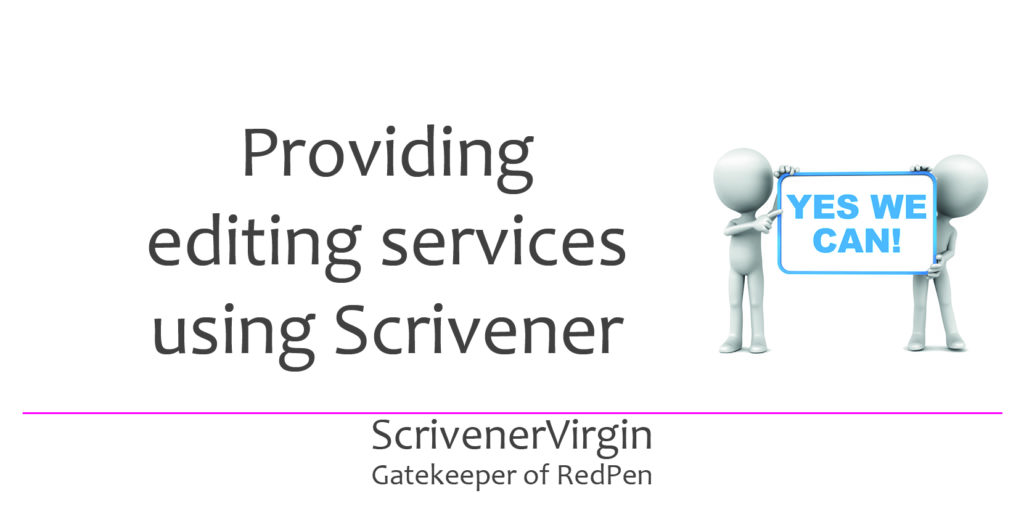

This is actually a big plus for me, as I tend to budget my chapters. Clicking on the folder will give you the aggregate word count for all the chapters. If you have your chapters all in a row under a main folder, clicking on the chapter document will show you the word count for that chapter.I really like the Typewriter Mode, where your current line of typing stays in the middle of the screen - deal maker for me as long as I found no booby traps, and I didn't.Lots of options for notes and references, including user-defined structures-which would let you duplicate the yWriter forms if that's your thing.It's extremely rare for me to swap the order of scenes. The corkboard feature is nice, although I will only use it for notes, not content.It is very easy to organize your project to keep your content and your notes in separate areas, so that you will eventually build your document only from your content set of folders and elements.I like the ease of creating a split screen to refer to one element while working on another element.Scrivener has a very acceptable editor.Given this, I literally could find no permanent advantage to using yWriter over Scrivener.

Scrivener does not have the same type of built in forms for project elements, but you can create them yourself, and you can find templates.I found spell check support to be entirely unacceptable (see comment below).I could possibly get used to it, but it's not a good match for decades of writing habits for me. I don't really like the structure of only "typing into scenes" in a scene window.
Scrivener 3 edit character list windows#
They open in the same screen location (instead of offset), and the first one you open will be hidden behind the main program window when you touch it to open the second one-really bad interface oversight-ALL child windows opened from the main window should "stay on top", and should cascade.



 0 kommentar(er)
0 kommentar(er)
